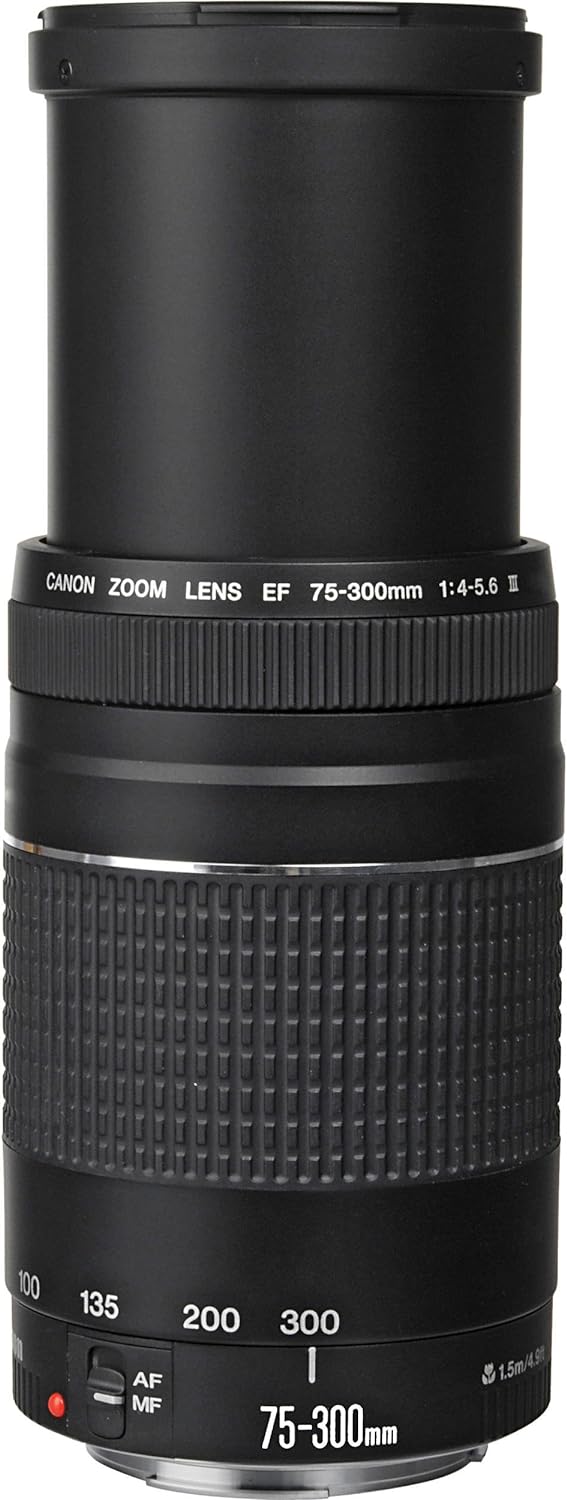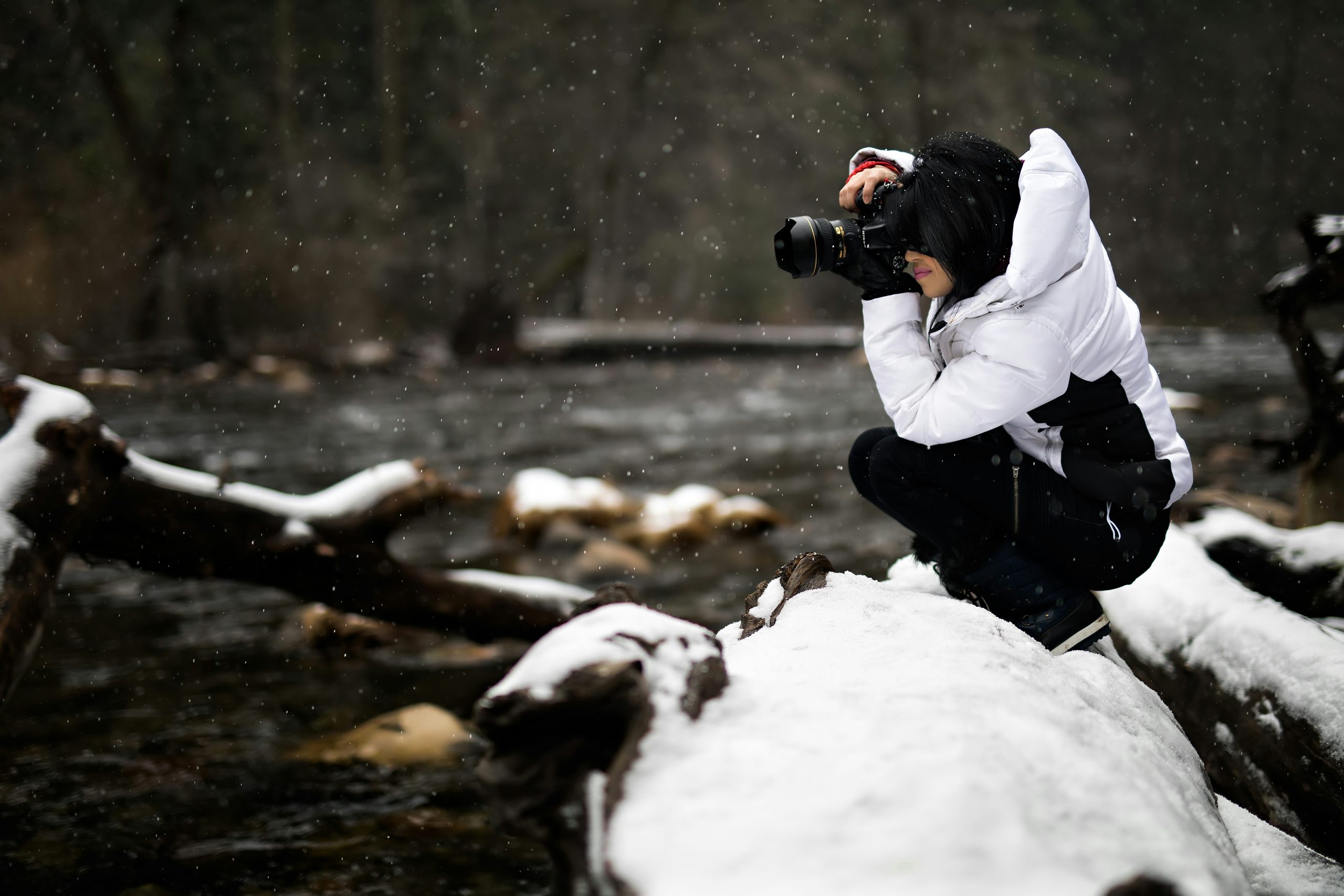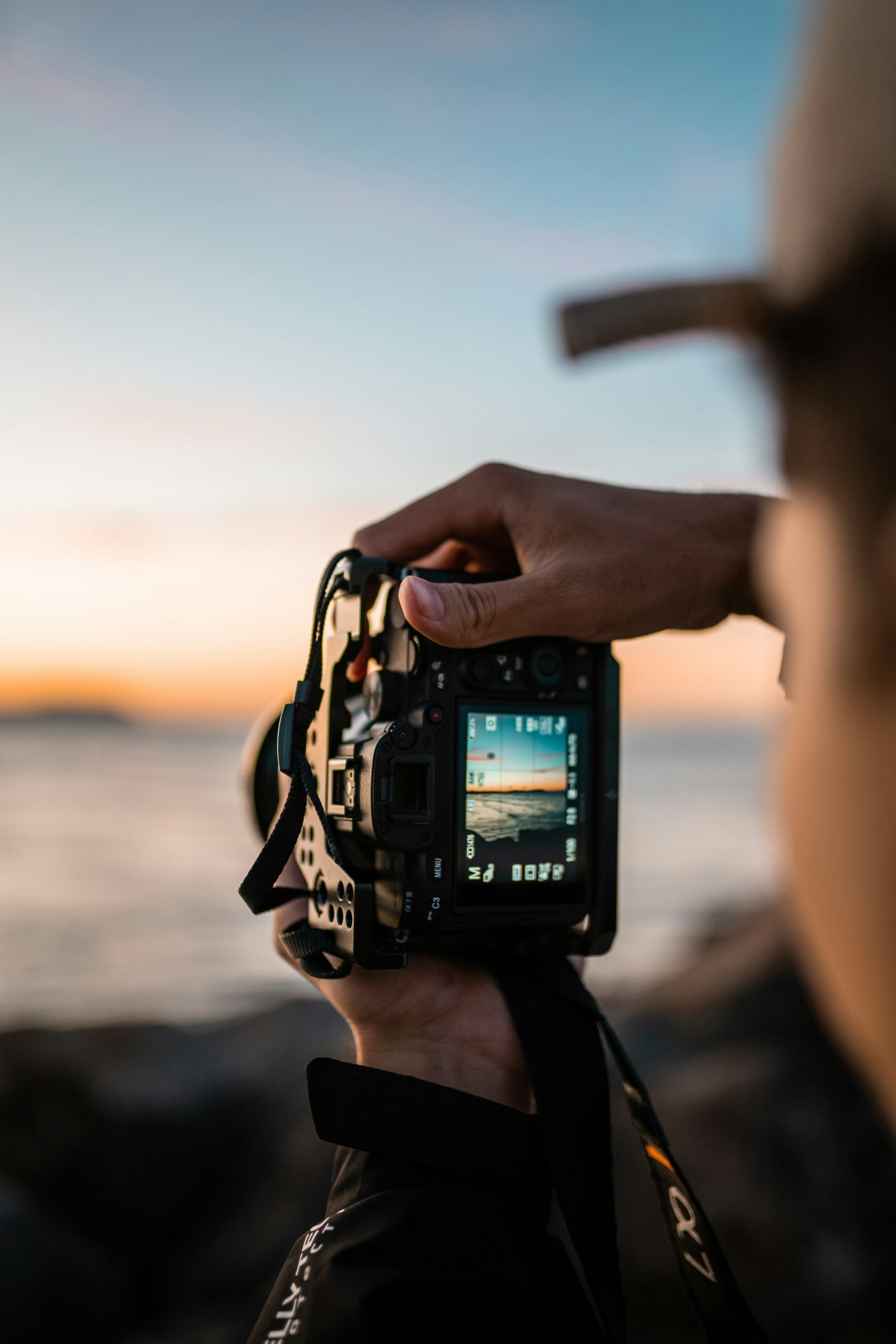Are you curious about DSLR telephoto lenses and what they can do for your photography? If so, you’ve come to the right place! In this article, we’ll explore the world of DSLR telephoto lenses, uncovering their unique features and the incredible zoom capabilities they offer. Whether you’re a seasoned photographer or just starting out, understanding the power and versatility of DSLR telephoto lenses will elevate your photography skills to new heights. So, let’s dive in and discover the wonders of DSLR telephoto lenses together!

Definition of DSLR Telephoto Lens
A DSLR telephoto lens is a type of lens designed specifically for use with DSLR cameras. It combines the benefits of a DSLR camera, which stands for digital single-lens reflex camera, and a telephoto lens to offer photographers a powerful tool for capturing distant subjects with clarity and precision.
Explanation of DSLR
A DSLR camera is a popular type of digital camera that uses a mirror mechanism to reflect light through the lens and into the viewfinder. This allows photographers to see exactly what the lens sees, making it easier to compose and focus their shots. DSLR cameras also offer manual control over settings such as aperture, shutter speed, and ISO, giving photographers greater creative control over their images.
Explanation of Telephoto Lens
A telephoto lens is a type of camera lens that has a longer focal length than a standard lens. It magnifies the subject, allowing photographers to capture distant objects as if they were much closer. This is achieved through a combination of lens elements that bend light in a way that extends the effective focal length of the lens. Telephoto lenses are commonly used in various types of photography, such as wildlife, sports, and astrophotography.
Combination of DSLR and Telephoto Lens
When a DSLR camera is paired with a telephoto lens, photographers have the ability to capture highly detailed images of subjects that are far away. With the DSLR camera’s advanced features and manual controls, along with the telephoto lens’s long focal length, photographers have the flexibility to adjust the settings and capture the desired shot with precision and clarity.
Types of DSLR Telephoto Lens
There are three main types of DSLR telephoto lenses: standard telephoto lens, super telephoto lens, and zoom telephoto lens. Each type offers unique features and advantages depending on the photographer’s specific needs and preferences.
Standard Telephoto Lens
A standard telephoto lens typically has a focal length range of around 70-200mm. It offers a moderate telephoto effect, making it suitable for a variety of photography genres, including portraits, wildlife, and sports. It provides a good balance between magnification and portability, making it a popular choice among photographers who want a versatile lens for everyday use.
Super Telephoto Lens
A super telephoto lens has an exceptionally long focal length, usually exceeding 200mm and reaching up to 600mm or even beyond. These lenses are primarily designed for professional wildlife and sports photographers who need to capture subjects that are extremely far away. Super telephoto lenses offer superior magnification and allow photographers to get close-up shots of distant subjects without compromising image quality.
Zoom Telephoto Lens
A zoom telephoto lens combines the capabilities of a telephoto lens with the versatility of a zoom lens. It offers a variable focal length range, allowing photographers to quickly adjust the magnification level without changing lenses. Zoom telephoto lenses are popular among photographers who need the flexibility to capture subjects at different distances without the need for lens swapping. They are commonly used in sports, wildlife, and event photography.
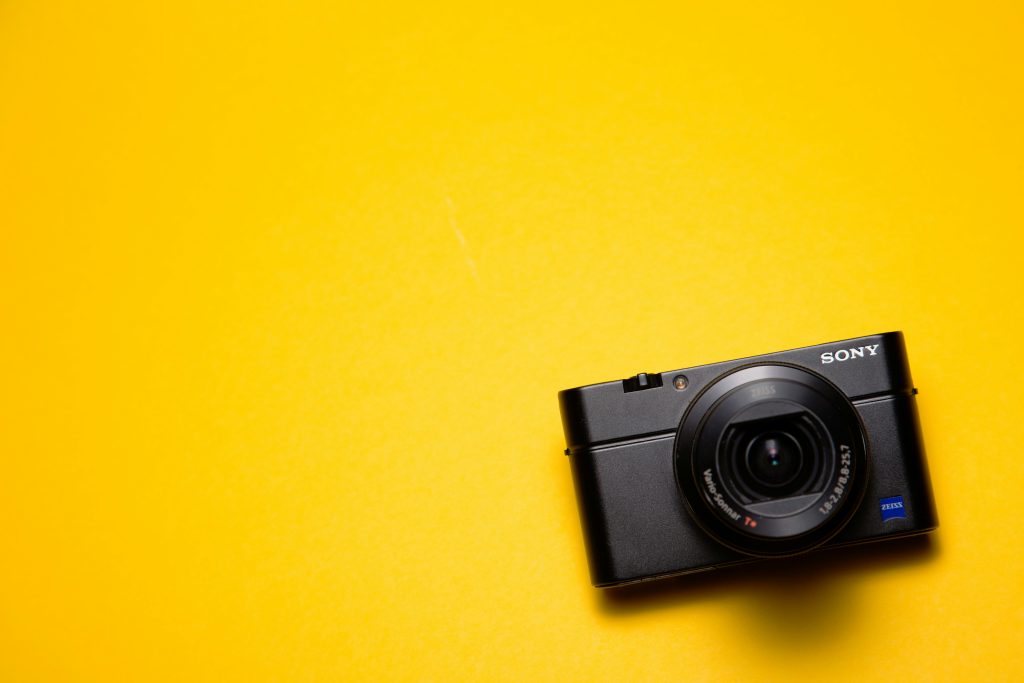
Features and Benefits of DSLR Telephoto Lens
By using a DSLR telephoto lens, photographers can take advantage of several features and benefits that enhance their photography experience and expand their creative possibilities.
Long Focal Length
The most significant feature of a DSLR telephoto lens is its long focal length. This allows photographers to capture distant subjects as if they were much closer, filling the frame with fine details. Whether capturing wildlife in its natural habitat or photographing athletes in action from a distance, the long focal length of a telephoto lens enables photographers to bring their subjects to life in a visually compelling way.
Narrow Field of View
Due to their long focal length, DSLR telephoto lenses have a narrow field of view. This means that they capture a smaller portion of the scene compared to wider lenses. The narrow field of view allows photographers to isolate their subjects from distractions in the background, resulting in visually impactful images with a strong focus on the main subject.
Greater Magnification
Telephoto lenses provide greater magnification, allowing photographers to capture fine details that are not visible to the naked eye. This is particularly useful in wildlife and sports photography, where photographers need to capture intricate details of animals or athletes in action from a considerable distance.
Blur Background Effect
One of the most sought-after effects achieved with a DSLR telephoto lens is the ability to create a blurred background, also known as bokeh. Telephoto lenses naturally have a shallow depth of field, meaning that they can selectively focus on the subject while blurring the background. This effect helps to draw attention to the main subject and create a pleasing aesthetic that separates the subject from its surroundings.
Low-Light Performance
Many DSLR telephoto lenses have a wide maximum aperture, such as f/2.8 or wider. A wider aperture allows more light to enter the camera, which is particularly beneficial in low-light situations. With a telephoto lens, photographers can still capture well-exposed and sharp images even in challenging lighting conditions, such as indoor sports events or wildlife photography at dawn or dusk.
Image Stabilization
Some DSLR telephoto lenses come equipped with image stabilization technology. Image stabilization helps to reduce the effects of camera shake, which can cause blurry images when using long focal lengths or shooting in low-light conditions. This feature is especially valuable for handheld photography, as it allows photographers to achieve sharper images without the need for a tripod or other support.
Applications of DSLR Telephoto Lens
The versatility of DSLR telephoto lenses makes them suitable for various types of photography, including wildlife, sports, portraits, landscapes, astrophotography, and street photography.
Wildlife Photography
When photographing wildlife, being able to capture detailed images from a safe distance is essential. DSLR telephoto lenses allow photographers to observe and photograph animals without disturbing their natural behavior. Whether photographing birds, mammals, or insects, a telephoto lens enables photographers to capture the beauty of the animal kingdom up close and personal.
Sports Photography
Sports photography often requires capturing fast action from a distance. Whether it’s shooting football matches, motor racing, or any other fast-paced sport, DSLR telephoto lenses can bring the action closer to the photographer. With their greater magnification and fast focusing capabilities, telephoto lenses are a popular choice for capturing those exhilarating moments in sports.
Portrait Photography
While portrait photography traditionally relies on shorter focal length lenses, the use of a telephoto lens can create unique and stunning portraits. The shallow depth of field of a telephoto lens makes it possible to isolate the subject from the background, emphasizing the person’s features and expressions. Telephoto lenses also compress the perspective, resulting in a more flattering portrayal of the subject.
Landscape Photography
In landscape photography, telephoto lenses offer a different perspective by allowing photographers to compress distant elements in the frame. This compression effect can create visually striking images by bringing mountains, trees, or other distant subjects closer together. Telephoto lenses can also be useful for isolating specific details within a landscape, allowing photographers to focus on specific elements such as patterns in a rock formation or the texture of a tree’s bark.
Astrophotography
Astronomy enthusiasts and photographers often rely on telephoto lenses to capture mesmerizing images of the night sky. The long focal length of a telephoto lens enables photographers to capture the moon, stars, and distant galaxies with exceptional detail. The fast aperture of certain telephoto lenses also helps to gather as much light as possible, resulting in clearer and more vibrant astrophotos.
Street Photography
Telephoto lenses can be useful in street photography for capturing candid shots from a distance while maintaining the photographer’s anonymity. They allow photographers to capture the essence of a scene without disturbing the natural flow of the environment. Whether documenting everyday life or capturing unique moments in urban settings, telephoto lenses offer a different perspective on street photography.

Factors to Consider When Choosing a DSLR Telephoto Lens
There are several factors that photographers should consider when choosing a DSLR telephoto lens, as these factors will greatly impact the lens’s performance and suitability for different types of photography.
Focal Length Range
The first consideration when choosing a telephoto lens is the focal length range. The desired focal length range will depend on the specific photography genre and intended use of the lens. For example, wildlife photographers may prefer a super telephoto lens with an extended focal length range, while portrait photographers may opt for a standard telephoto lens with a shorter range.
Aperture
The maximum aperture of a telephoto lens is another critical factor to consider. A wider maximum aperture, such as f/2.8, allows more light to enter the lens, which can be beneficial for low-light photography. Additionally, a wider aperture enables photographers to achieve a shallower depth of field and create more pronounced background blur. It is important to balance the desired aperture with other considerations, as wider apertures often come with a higher price tag and larger lens size.
Image Stabilization
Image stabilization is a feature that reduces the effects of camera shake, allowing for sharper images when shooting handheld or in low-light conditions. This can be particularly important when using longer focal lengths that are more susceptible to camera shake. Image stabilization technology can be found in many telephoto lenses, although it may increase the overall cost of the lens.
Compatibility with Camera
It is essential to ensure that the chosen telephoto lens is compatible with the camera system being used. Different camera manufacturers have their own lens mounts, so it’s important to select a lens that is designed for the specific camera brand. Additionally, consider the lens mount’s compatibility with other lenses and accessories you may already own or plan to use in the future.
Budget
Budget is an important consideration when choosing a DSLR telephoto lens, as prices can vary significantly depending on the brand, focal length range, maximum aperture, and additional features. It is crucial to determine a budget and prioritize the desired features based on individual needs and the specific photography genre being pursued. Remember that investing in a high-quality lens will often result in better image quality and long-term satisfaction.
Tips for Using DSLR Telephoto Lens
Once you have chosen a DSLR telephoto lens, here are some helpful tips to maximize its performance and achieve outstanding results in your photography.
Use a Tripod for Stability
Telephoto lenses can be heavy and challenging to hold steady, especially when shooting with longer focal lengths. To ensure sharp images, it is recommended to use a tripod or other stabilizing device to eliminate camera shake. This becomes particularly crucial when shooting in low-light conditions or when working with slower shutter speeds.
Adjust Camera Settings for Shutter Speed
The longer the focal length, the more susceptible the photo is to camera shake. To counteract this, adjust your camera settings for faster shutter speeds. Increasing the shutter speed helps to freeze the subject’s motion and minimize the effects of camera shake, resulting in sharper images. However, keep in mind that a faster shutter speed may require a wider aperture or increased ISO sensitivity to maintain proper exposure.
Focus on the Subject
When using a telephoto lens, it is crucial to ensure accurate focus on the subject. The narrow depth of field of a telephoto lens makes focusing critical, as even slight misalignment can result in soft or blurred images. Utilize your camera’s autofocus system to achieve precise focus, or consider using manual focus to have complete control over the desired focal point.
Consider the Background
With a telephoto lens, the background can play a significant role in the overall composition of the image. Pay attention to the background elements and consider how they interact with your subject. Look for clean and uncluttered backgrounds to ensure the main subject remains the center of attention. Experiment with different angles and compositions to achieve the desired visual impact.
Experiment with Different Perspectives
Telephoto lenses offer unique perspectives on the world, allowing photographers to capture scenes from a distance. Take advantage of this by experimenting with different angles and viewpoints. Move around your subject, try shooting from a low or high angle, or explore different vantage points to create compelling and visually engaging images.
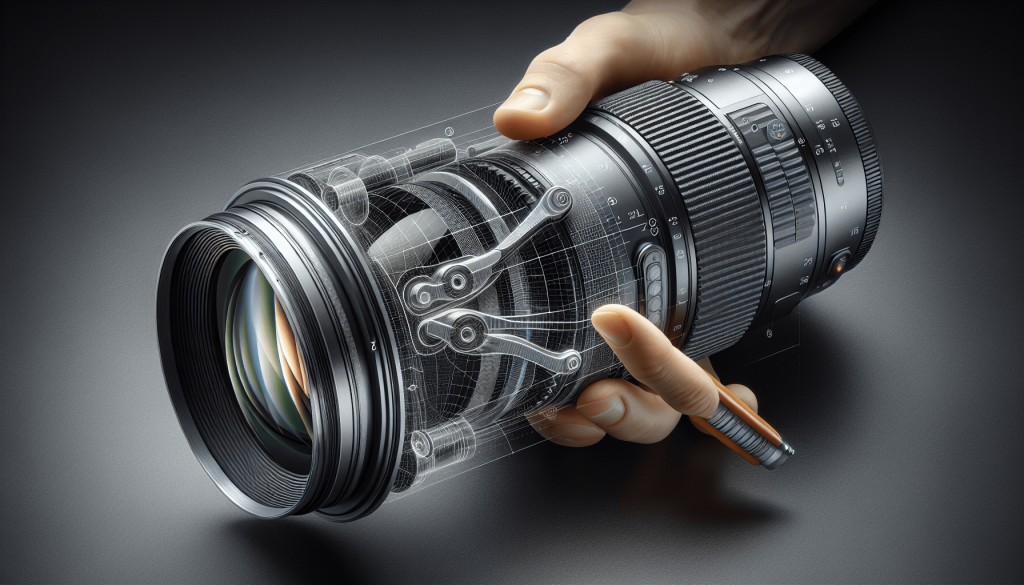
Common Mistakes to Avoid with DSLR Telephoto Lens
While using a DSLR telephoto lens can greatly enhance your photography, it’s important to be aware of common mistakes that can affect image quality and overall performance.
Forgetting to Use Image Stabilization
If your telephoto lens has image stabilization capability, it is important to remember to turn it on when shooting handheld. Image stabilization helps to reduce camera shake and produce sharper images. Forgetting to activate this feature can result in blurred photos, especially when shooting with longer focal lengths or in low-light conditions.
Not Cleaning the Lens Properly
A clean lens is vital for capturing sharp and clear images. Dust, smudges, and other debris on the lens surface can affect image quality and clarity. Regularly clean your telephoto lens using a soft lens cleaning cloth or a lens cleaning solution specifically designed for camera lenses. Avoid using rough materials that can scratch the lens surface.
Using the Wrong Aperture Settings
The aperture setting plays a crucial role in both exposure and depth of field. Choosing the wrong aperture can result in overexposed or underexposed images, as well as undesirable depth of field. Be mindful of the lighting conditions and the desired effect you want to achieve when selecting the aperture. Experiment with different aperture settings to find the optimal balance between exposure and depth of field for your specific subject and composition.
Overlooking the Depth of Field
With telephoto lenses, achieving a shallow depth of field is often desired to create a background blur that isolates the subject. However, it is important to be mindful of the resulting depth of field and ensure that the entire subject is in focus. Pay attention to the distance between the subject and the camera, adjust the aperture accordingly, and use suitable focusing techniques to achieve the desired depth of field without sacrificing sharpness.
Neglecting to Check Camera Compatibility
When investing in a DSLR telephoto lens, it is essential to ensure that the lens is compatible with your camera system. Different camera manufacturers use specific lens mounts, so it’s important to select a lens that is designed for your camera brand. Neglecting to check camera compatibility can result in a lens that cannot be properly attached to the camera, rendering it unusable.
Comparison between DSLR Telephoto Lens and Other Lenses
While DSLR telephoto lenses offer unique capabilities, it’s important to understand how they differ from other types of lenses. Here’s a comparison between telephoto lenses and other commonly used lenses:
Wide-Angle Lens
Unlike telephoto lenses, wide-angle lenses have a shorter focal length, typically ranging from 10-35mm. Wide-angle lenses capture a wider field of view, allowing photographers to include more of the surrounding environment in the frame. They are commonly used in landscape, architecture, and street photography.
Prime Lens
A prime lens has a fixed focal length and does not offer zoom capabilities. These lenses are known for their ability to provide excellent image quality and a wider aperture compared to zoom lenses. Prime lenses are favored by photographers who prioritize image sharpness and low-light performance.
Macro Lens
Macro lenses are designed specifically for close-up photography, allowing photographers to capture intricate details of small subjects, such as insects, flowers, or textures. These lenses have a high magnification ratio and focus at very close distances, enabling photographers to explore the miniature world around them.
Popular DSLR Telephoto Lenses on the Market
There are several high-quality DSLR telephoto lenses available on the market, each offering unique features and performance. Here are some popular options:
Canon EF 70-200mm f/2.8L IS III USM
This telephoto lens from Canon is renowned for its excellent image quality and versatility. With a constant aperture of f/2.8 throughout its zoom range, it is ideal for low-light photography and producing beautiful bokeh. The lens features image stabilization and fast autofocus, making it suitable for a wide range of photography genres, including sports, wildlife, and portraiture.
Nikon AF-S NIKKOR 200-500mm f/5.6E ED VR
Nikon’s 200-500mm telephoto lens offers exceptional reach and image quality in a relatively compact and lightweight design. With a maximum aperture of f/5.6, this lens provides a versatile focal length range, making it suitable for wildlife, sports, and bird photography. It incorporates vibration reduction (VR) technology for image stabilization and features a fast and accurate autofocus system.
Sony FE 100-400mm f/4.5-5.6 GM OSS
Sony’s telephoto lens offers a versatile zoom range and excellent image quality. It features a fast and precise autofocus system and built-in optical image stabilization. The lens is compatible with Sony’s full-frame mirrorless cameras, making it an excellent choice for photographers who value both reach and portability. Its weather-sealed construction ensures durability even in challenging shooting conditions.
Tamron SP 150-600mm f/5-6.3 Di VC USD G2
The Tamron SP 150-600mm is a budget-friendly telephoto lens that offers an extensive focal length range and impressive optical performance. It features image stabilization and Tamron’s Ultrasonic Silent Drive autofocus system for fast and accurate focusing. This lens is popular among wildlife and sports photographers who require a long reach without breaking the bank.
Conclusion
In conclusion, a DSLR telephoto lens is a valuable tool for photographers looking to capture distant subjects with clarity, detail, and creative versatility. With their long focal lengths, narrow fields of view, and unique features, telephoto lenses offer a range of benefits in various types of photography. Whether capturing wildlife in its natural habitat, freezing the action of sports, or creating stunning portraits with bokeh, the capabilities of a DSLR telephoto lens can elevate your photography to new heights.
Take the time to consider the focal length range, aperture, image stabilization, camera compatibility, and budget when choosing a telephoto lens that suits your specific needs. Remember to utilize tripod stability, adjust camera settings for optimal performance, and pay attention to focus and composition to achieve the best results with your telephoto lens. Avoid common mistakes, such as forgetting to use image stabilization and not cleaning the lens properly, to maintain optimal image quality.
By understanding the differences between telephoto lenses and other types of lenses, such as wide-angle lenses, prime lenses, and macro lenses, you can choose the right lens for your desired photography genre. Explore popular options on the market, such as the Canon EF 70-200mm f/2.8L IS III USM, Nikon AF-S NIKKOR 200-500mm f/5.6E ED VR, Sony FE 100-400mm f/4.5-5.6 GM OSS, and Tamron SP 150-600mm f/5-6.3 Di VC USD G2, to find the perfect telephoto lens for your DSLR camera.
In conclusion, the importance of a DSLR telephoto lens in photography cannot be overstated. Its ability to bring distant subjects closer and capture details with precision opens up endless creative possibilities. Whether you’re capturing wildlife in the great outdoors or freezing the action on the sports field, a DSLR telephoto lens is an invaluable tool for any photographer looking to expand their photographic horizons.
